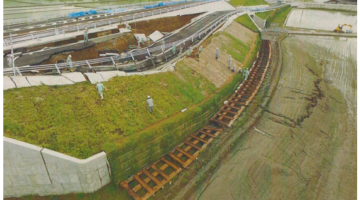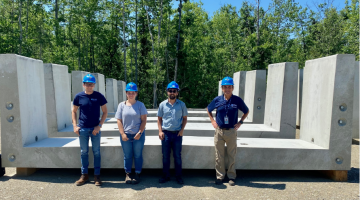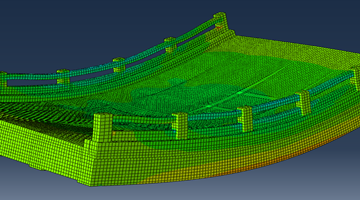Project 3.12: Lateral loading of unreinforced rigid elements and basal stability of column-supported systems
Lateral Loading of Unreinforced Rigid Elements and Basal Stability of Column-Supported Systems Project 3.12 Project Summary The use of rigid column-support to stabilize fill embankments and MSE walls continues to grow in popularity, especially among DOTs and transportation agencies for roadway, railway, and bridge applications because of its distinct advantage in accelerating construction in fill […]
Read more





